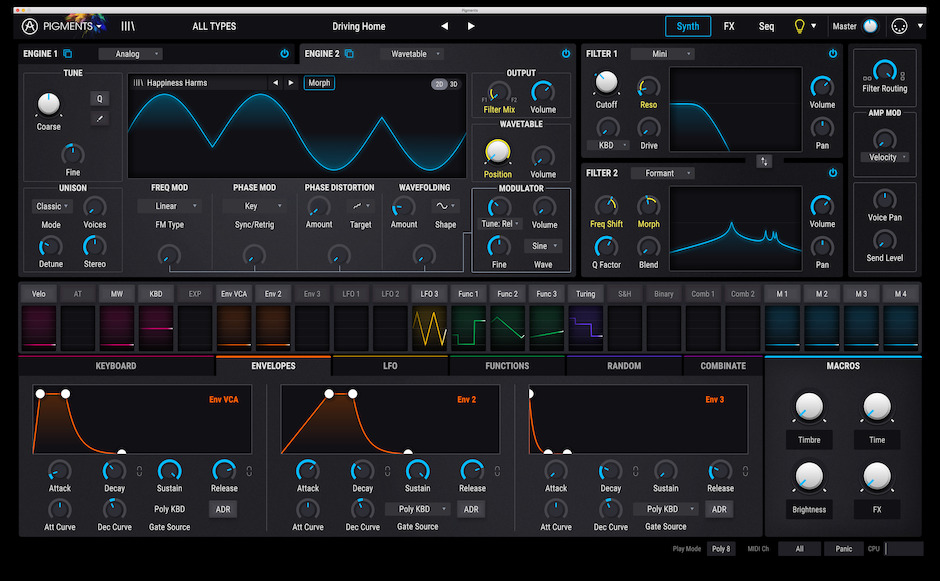

Structural Characteristics of Phospholamban 8 9 Phosphorylation of phospholamban and the accompanied increases in the cardiac sarcoplasmic reticulum Ca 2+ uptake rates were suggested to be at least partially responsible for the stimulatory effects of β-agonists in the mammalian heart. Studies in intact beating hearts or isolated cardiac myocytes have shown that both serine 16 and threonine 17 in phospholamban become phosphorylated during isoproterenol stimulation. Phospholamban is also phosphorylated in situ during β-adrenergic stimulation. 6 This finding, together with the identification of a cardiac sarcoplasmic reticulum–associated protein phosphatase that can dephosphorylate phospholamban, 7 has led to our current understanding of phospholamban as a reversible inhibitor of the cardiac sarcoplasmic reticulum Ca 2+ ATPase activity. However, in the late 1980s, a significant breakthrough occurred demonstrating that dephosphorylated phospholamban is actually an inhibitor of cardiac sarcoplasmic reticulum Ca 2+ transport for Ca 2+ and that phosphorylation relieves this inhibitory effect, giving the appearance of phosphorylation-induced stimulation. 4 5 On the basis of these observations, it was initially hypothesized that phosphorylated phospholamban functions as a stimulator of the cardiac sarcoplasmic reticulum Ca 2+-ATPase (SERCA2) enzyme. 2 3 Each phosphorylation is associated with stimulation of the initial rates of cardiac sarcoplasmic reticulum Ca 2+ uptake, which is mainly pronounced at low, resulting in an overall increase in the affinity of the Ca 2+ pump for Ca 2+.

In vitro studies indicated that phospholamban can be phosphorylated at three distinct sites by various protein kinases: serine 10, by protein kinase C serine 16, by cAMP- or cGMP-dependent protein kinase and threonine 17, by Ca 2+-calmodulin–dependent protein kinase. However, its regulatory effects have been mainly studied in cardiac muscle. This phosphoprotein was named phospholamban, from the Greek root words meaning “to receive phosphate.” 1 Phospholamban is a small protein, comprising 52 amino acid residues, and it is present in cardiac, smooth, and slow-twitch skeletal muscles. In the early 1970s, a discovery was reported by Arnold Katz (Tada et al 1 ), who demonstrated that phosphorylation of isolated cardiac sarcoplasmic reticulum membranes occurred mainly on a low molecular weight protein. Regulation of Cardiac Sarcoplasmic Reticulum Ca 2+ Uptake by Phospholamban Customer Service and Ordering Information.Stroke: Vascular and Interventional Neurology.Journal of the American Heart Association (JAHA).Circ: Cardiovascular Quality & Outcomes.Arteriosclerosis, Thrombosis, and Vascular Biology (ATVB).


 0 kommentar(er)
0 kommentar(er)
